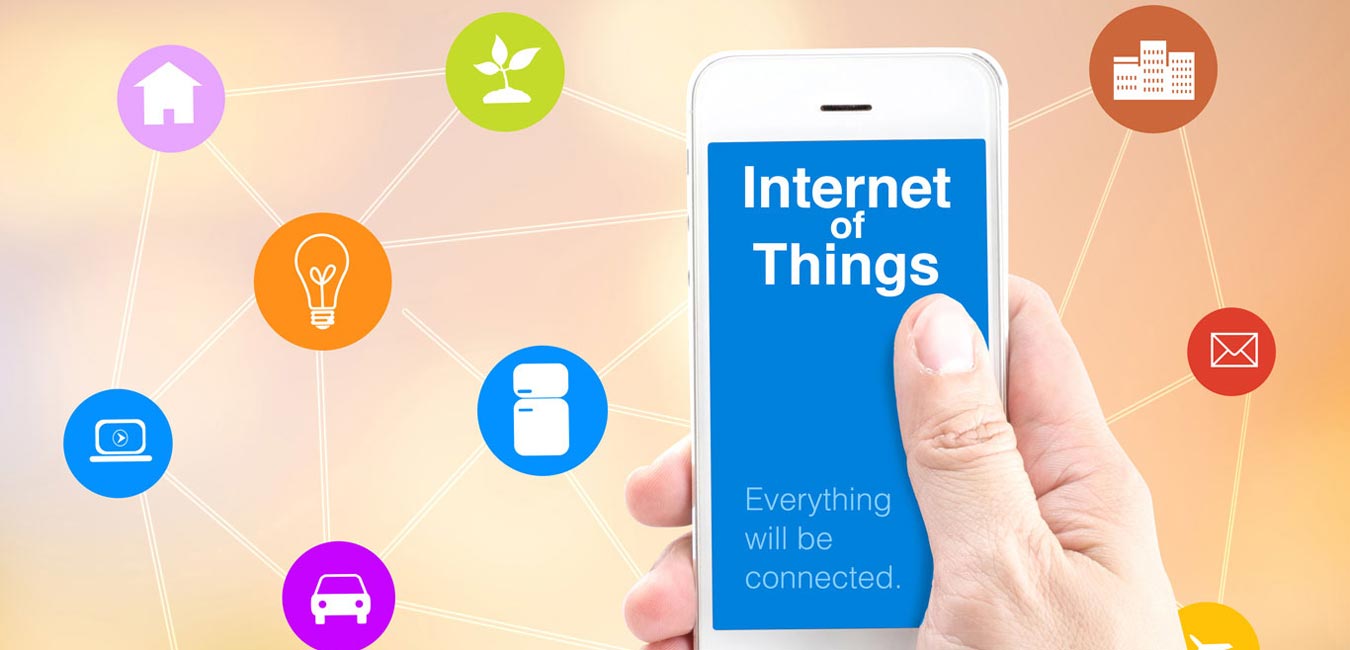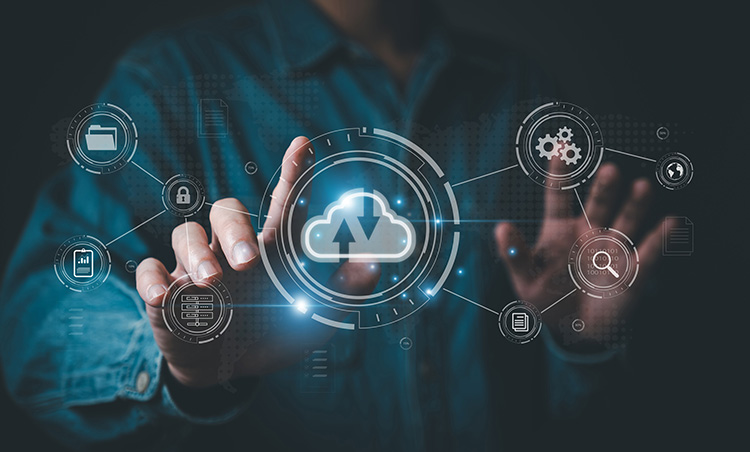The world of Internet is steadily merging with the world of physical things. Out of this convergence is born Internet of Things (IoT), a giant global network connecting all web-enabled things (including people) in the world. From your coffee pot to your car to the cosmonaut orbiting around the earth, our virtual world will connect billions of smart devices with each other, creating an ecosystem where these things will have the ability to sense, interact and communicate with each other and influence actions and create services with or without human intervention.
As of 2011, there are more Internet enabled devices in the world than actual human beings. And it is predicted, that by 2020 there will be close to 50 billion devices worldwide. The enormous amount of data generated by these devices will obviously need to be stored and processed in Data Centers and will impact DC operations and architecture.
Impact on Data Centers
- Optimizing storageAs more data is generated there will be a corresponding growth in demand for storage space. Not only will this lead to more Data Centers being built but will also lead to innovative ways for optimizing storage capacity with better servers and newer compression technologies.
- Inbound data flow and network requirementsAs of now, DC architecture is designed to support large amounts of data flowing out to enterprises. Increase in IoT traffic will reverse this trend and see huge amounts of data, comprising a vast number of smaller data packets generated by individual devices, coming into the DCs on a regular basis. This will require Data Center owners to increase their inbound data bandwidth.
- Security and data privacyWith the number of connected devices increasing, the networks have become more vulnerable to cyber attacks. The security landscape must be designed to deal with this ever-growing range of cyber threats. Also as more and more of our personal data is digitized and stored, Data Centers will need to ensure the highest level of data privacy.
- Data Center locationsCurrently, Data Centers drive cost efficiencies by building large, single location DCs. With the increase in IoT data it will not be viable to transfer all this data to a centralized location. DC owners will have to build localized Data Centers to handle and process the local data traffic.
- Cost efficienciesIt is virtually impossible to store all the IoT data generated, DC providers will have to look for more efficient ways to sort this data in real time to identify valuable data that must be stored and processed further. This will consume costly network bandwidth and processing power and further decrease the cost efficiencies currently enjoyed by DC companies.
Research firm IDC estimates, that global spending on IoT devices and services will touch $1.7 trillion by 2020. So while Data Center owners understand the challenges that are coming their way, they look at the rise of IoT as an opportunity rather than a threat.
Sify has over 16 years of operational and technical expertise in ‘designing, building and operating’ Data Centers, and can provide 360° DC build services, from planning, designing and building Data Centers to training support staff.





















































